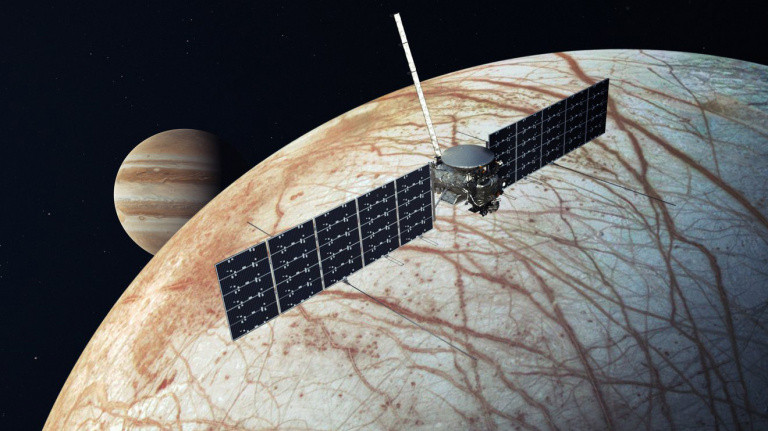news hardware NASA is developing robots to swim on other planets
After the rovers should explore the surface of other planets, the American space agency NASA is now working on the development of a robot that should swim in extraterrestrial waters. A project that could be useful in the decades to come.
If today the planet Mars is at the center of many challenges related to the conquest of space,
As such we can cite the icy moon of Saturn called Enceladus. Under a thick layer of ice are bodies of water that may hold secrets. NASA is convinced of this: As the Cassini probe flew over the region in 2004, it discovered interesting molecules in Enceladus’ haze : especially methane, which is often associated with the presence of life.
But hoping to someday explore the water depths of Enceladus and other similar stars, You need the right equipment. NASA is currently working on this.
Swimming robot to explore space
Robotics engineer Ethan Schaler of NASA Jet Propulsion Laboratory has come up with a concept consisting of a probe to melt and then dump ice on a planet’s surface Phone-sized water drones. The latter could then navigate in extraterrestrial waters and extract data.
This project named Sensor technology with independent microswimmers (SWIM) is only in its infancy. The first phase to conduct a feasibility study was funded with $125,000. Now a second phase is involved, funded by NASA’s Innovative Advanced Concepts program with $600,000 Design 3D printed prototypes and test them under different scenarios
Illustration du Sensing With Independent Micro-Swimmers (SWIM)

A project with crazy ambitions
“With a swarm of small swimming robots, we will be able to explore a much larger volume of seawater and improve our measurements by having multiple robots in the same area collecting data.”explains Ethan Schaler in a statement.
It will be the goal of the project “Reducing risk while improving science”sums up NASA. A device called Cryobot is submerged in water and unleashes the SWIM drones. The Cryobot collects the information and then transmits it to a kind of transmission tower on the ice surface. The idea will to allow the Cryobot to go under the ice as far as possible

“Each robot would have its own propulsion system, an on-board computer and an ultrasonic communication system, as well as simple temperature, salt, acidity and pressure sensors. Chemical sensors to monitor biomarkers—signs of life—will be part of Schaler’s Phase II trial.”adds NASA.
Submersible drones in space soon?
Although NASA has big ambitions for this project, the fact remains a very early stage of development. At the moment he is not connected to any planned missions, suggesting that when he reaches the Completion Stage, it will not be exploited until the 2030 horizon.
In 2024 the mission Europe clippers
will leave Earth for Jupiter’s moon Europafor which it will wait in 2030. The goal of this mission will be to collect information about this star, the NASA suspects harboring a life form : That’s what scientists around the world believe Underneath the thick layer of ice covering Europa lies a vast ocean. Perhaps Ethan Schaler’s ambitious project will take its first steps, or rather its first fathoms, in Europe in the coming decades.








